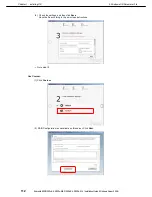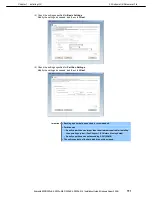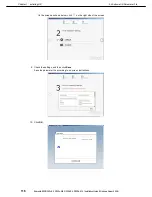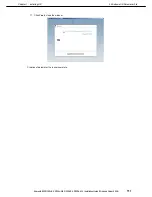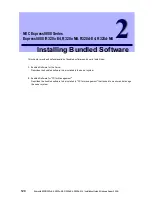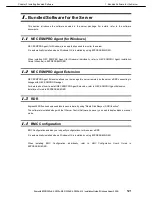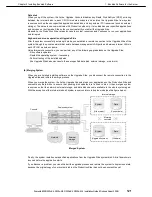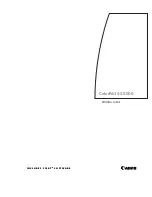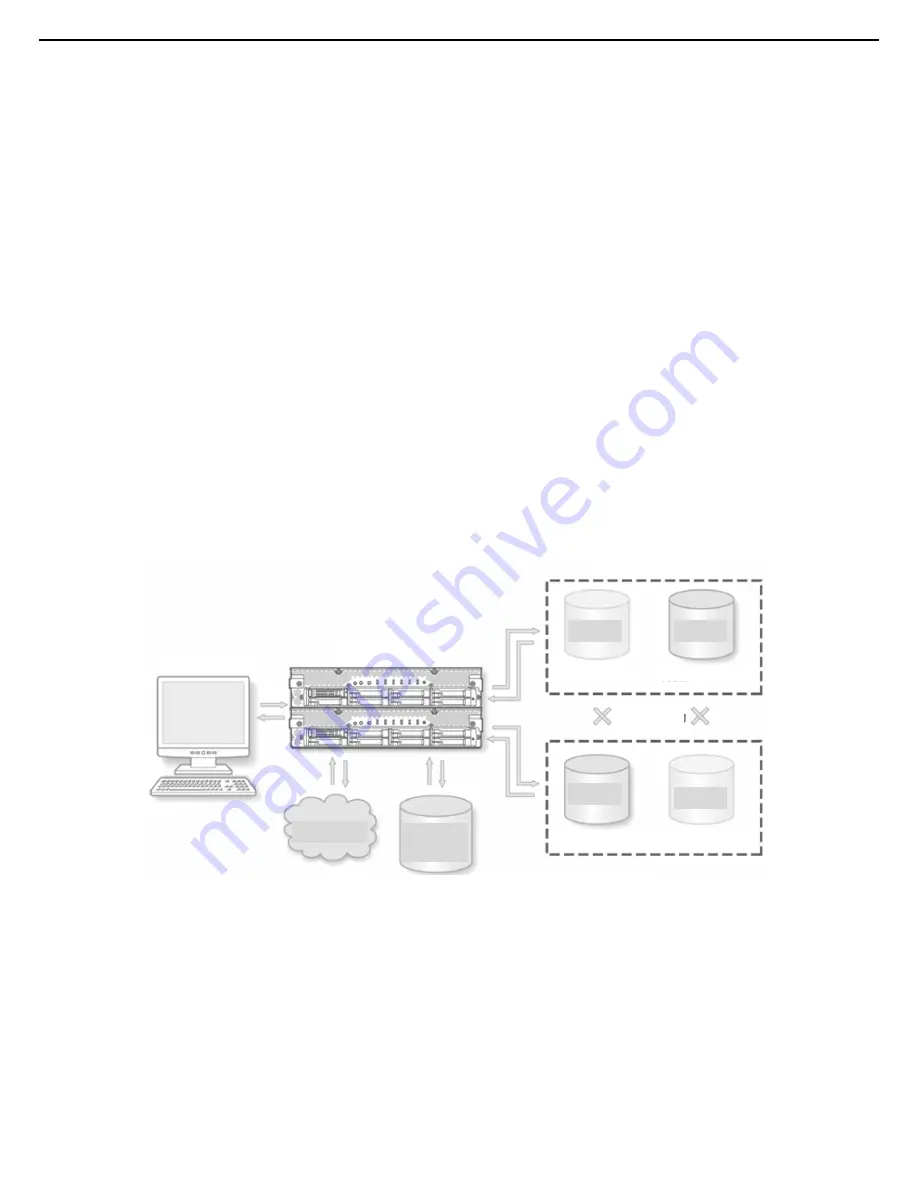
1. Bundled Software for the Server
Express5800/R320c-E4, R320c-M4, R320d-E4, R320d-M4 Installation Guide (Windows Server 2008)
125
Chapter 2 Installing Bundled Software
Data disk
When you split the system, the Active Upgrade Console disables any Rapid Disk ReSync (RDR) mirroring
between the internal disks in each CPU/IO module enclosure and isolates the Upgrade Side from system
resources such as the user-specified application data disks, and any external PCI resources (such as external
storage). The network can communicate with Production side only. It also disables user-specified applications
and services on the Upgrade Side so they cannot restart if you restart the Upgrade Side.
Meanwhile, the Production Side retains access to system resources and continues to run your applications
uninterrupted.
Keyboard and mouse operation at Upgrade Side
After the system successfully enters split mode, you establish a remote connection to the Upgrade Side of the
system through the private network that exists between management LAN ports and between internal LANs in
each CPU/IO module enclosure.
Using this remote connection, you can perform any of the following upgrade tasks on the Upgrade Side:
- Run software updaters
- Restart the operating system, if necessary.
- Perform testing of the installed updates
(the Upgrade Side has no access to the user-specified data disk, external storage, or network).
(b) Merging System
When you are finished installing software on the Upgrade Side, you disconnect the remote connection to the
Upgrade Side and initiate the
merge
process.
When you merge the system, the Active Upgrade Console stops your applications on the Production Side and
unmounts any data disks to ensure that pending disk updates are flushed to disk. It then merges system
resources so that the network, external storage, and data disks become available to the whole system again.
With the exception of the internal disks, all system resources return to duplex mode (see the figure below).
Merged System
Finally, the system restarts user-specified applications from the Upgrade Side system disk. A brief downtime is
incurred before the application starts.
If you discover a problem, you can still abort the upgrade process and restore the system to its previous state,
because the original copy of your system disk (on the Production Side) has not been overwritten yet
System
Data
System
Data
Duplexed system
Console
Mirroring
canceled
Network
External
storage
(Old system)
(Upgraded system)
(Current data)
(Old data)
Internal storage


